Learning to play the banjo is a rewarding endeavor that opens up a world of folk, country, and bluegrass music. The time it takes to master this distinctive instrument can vary greatly depending on several factors. These include your previous musical experience, how often you practice, the complexity of the music you wish to play, and the type of banjo you choose. In the following manual, we take a closer look at the key factors, giving a realistic timeline for your banjo learning journey.
Best Kinds of Banjos for Beginners
When starting your banjo journey, it’s crucial to choose an instrument that aligns with your musical goals and comfort. Among the various types of banjos, the five-string banjo is the top pick for starters. Its design is user-friendly and it’s commonly used in folk and bluegrass music. Adjusted for open G, the five-string banjo allows beginners to play chords and melodies with relative ease.
The four-string or tenor banjo, often used in jazz or Irish music, is another viable option. Its shorter neck and fewer strings can be less overwhelming for newcomers. However, remember that each type of banjo produces different music styles, so choose a banjo that resonates with your desired sound and genre.[2]
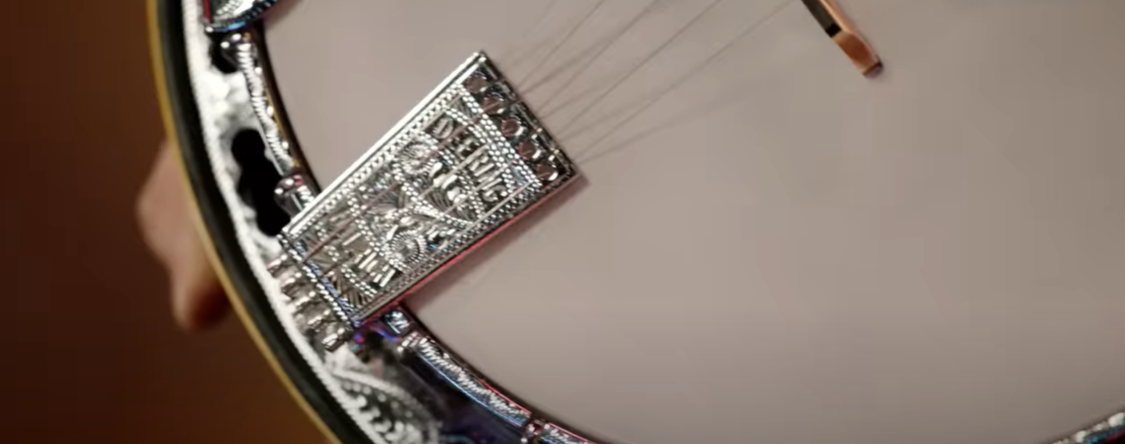
Choosing Between Traditional Instruction and Self-Teaching
Deciding between traditional instruction and self-teaching is an integral part of your banjo learning journey. Traditional instruction, such as taking private lessons or joining a music school, provides structured learning and immediate feedback. Teachers also offer personalized guidance that tailors to your learning pace and goals. This method can be especially beneficial if you’re a complete beginner or prefer a disciplined learning routine.
However, keep in mind that learning the banjo, like any other instrument, requires patience, consistency, and practice, regardless of the learning method you choose. It’s about finding what works best for you.[2]
Playing banjo chords and fingerpicking
Mastering banjo chords and fingerpicking techniques is a considerable yet rewarding part of your learning journey. Banjo chords, like those on any stringed instrument, are formed by pressing the strings against the fretboard in specific positions. Each chord produces a different sound and when strung together, they form the backbone of a song. Start with learning the basic chords such as G, C, D, and F. Gradually, you can progress to more complex chords and chord progressions.
Fingerpicking, also known as rolls, is a distinctive aspect of banjo playing, particularly in styles like bluegrass and folk music. Unlike strumming, fingerpicking implies playing on separate lines in a particular sequence, creating a unique rhythmic pattern. A few basic fingerpicking patterns involve a forward flip, backward flip and alternating thumb flip.
As you practice, try integrating chords and fingerpicking to play simple songs. This not only enhances your playing skill but also allows you to enjoy the fruit of your efforts, making the learning process more enjoyable. Remember, it’s normal for these skills to feel challenging at first, but with consistent practice, they will gradually become second nature.[1]
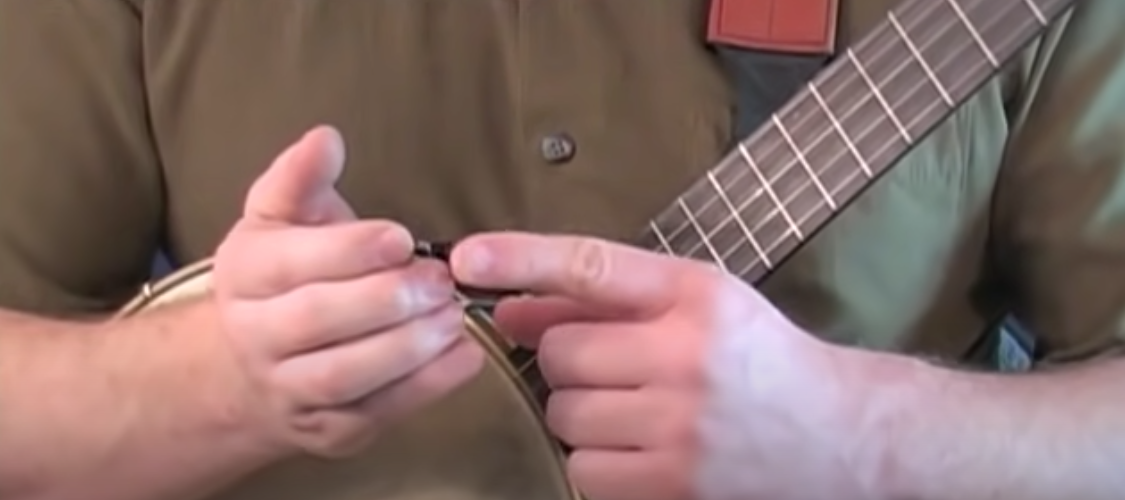
Learning songs on the banjo
Once you’ve grasped banjo chords and begun to feel at ease with fingerpicking, you’re ready to start learning songs. Start with simple songs that primarily use the basic chords you’ve learned, such as G, C, D, and F. Many folk and bluegrass songs, common genres for banjo, have simple structures and are excellent for beginners.
Online resources, such as chord sheets and tutorial videos, can be enormously beneficial when learning songs. These tools show you how to play each chord and guide you through the song’s progression. Remember to take it slow, focusing on accuracy rather than speed.
Also, consider learning to play songs by ear. This skill not only enhances your musical abilities but also deepens your understanding and appreciation of music. Start by listening to a song repeatedly, paying close attention to its rhythm, melody, and chord changes. Then, try to replicate these on your banjo. It may be challenging at first, but with practice, you’ll find it becomes more natural and intuitive.
Ultimately, the goal is to enjoy the learning process. Each song you learn adds to your repertoire, boosting your confidence, and fueling your passion for the banjo.[1]
Practice your banjo every day
Dedicated practice is the key to mastering any instrument, and the banjo is no exception. It’s advisable to practice a minimum of 15 to 30 minutes every day rather than cramming several hours of practice into one day of the week. Regular, daily practice reinforces the muscle memory needed to play the banjo, and helps your fingers get accustomed to the fingerboards and the strings.
Create a practice schedule that fits your daily routine and stick to it. This could mean practicing first thing in the morning to kickstart your day, or winding down in the evening with a practice session.
During your practice, focus on the areas that need improvement such as tricky chords or complex fingerpicking patterns. However, don’t forget to also play the parts you enjoy or have mastered – after all, playing the banjo should be fun!
Using a metronome during your practice can help improve your timing and rhythm. Start with a slow tempo and gradually increase your speed as you become more comfortable.
Remember, patience and persistence are essential. Progress may seem slow at times, but every minute you spend practicing is a step towards becoming a proficient banjo player.[1]
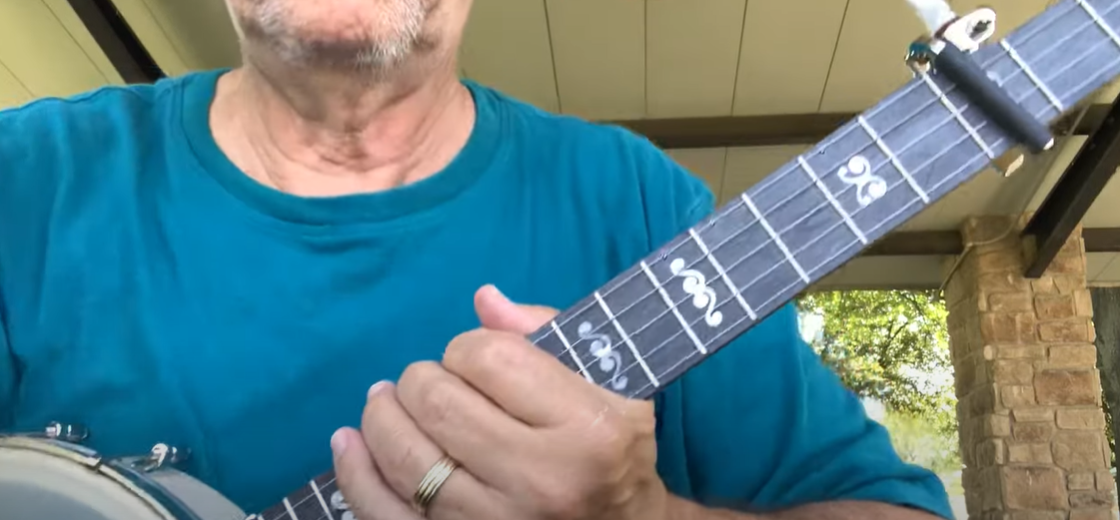
FAQ
Are banjos hard to learn?
The difficulty level for learning the banjo, like any instrument, varies for each individual and largely depends on factors such as musical background, practice commitment, learning resources, and personal learning style. For those with prior experience with stringed instruments, such as the guitar or ukulele, the transition to the banjo may be relatively smooth due to the similarities in fretting and strumming techniques. However, even beginners with no musical background can embark on the banjo journey with enthusiasm and determination.
The banjo demands a unique fingerpicking technique and a good sense of rhythm, both of which can be developed with consistent practice and guidance from experienced banjo players or teachers. Understanding banjo tabs and chord structures might seem intimidating at first, but with persistence and patience, you can certainly master them. Exploring different playing styles, such as clawhammer or Scruggs-style picking, opens up a whole new world of possibilities for banjo enthusiasts.
Moreover, immersing oneself in the rich history and cultural significance of the banjo can deepen the learning experience. From its African roots to its role in American folk and bluegrass music, the banjo carries a legacy that spans generations. By delving into this history and exploring the diverse repertoire of banjo music, learners can gain a deeper appreciation for the instrument and its place in the musical landscape.
The crucial element throughout this journey is to enjoy the learning process. While learning the banjo can be challenging at times, the satisfaction of playing your first song or mastering a tricky fingerpicking pattern makes the journey worthwhile. Remember, with the right resources, dedication, and a supportive community of fellow musicians, learning the banjo is an achievable and rewarding endeavor for anyone passionate about music and eager to explore new horizons.

How many hours a day should I practice banjo?
The amount of time you should devote to practicing the banjo largely depends on your individual goals, availability, and level of commitment. For beginners, starting with a daily practice routine of about 15 to 30 minutes can be very effective in laying a solid foundation. This consistent, short duration practice helps in building muscle memory without overwhelming yourself, allowing you to focus on mastering the basic techniques and getting comfortable with the instrument.
As your skills progress and you become more comfortable with the banjo, you can gradually increase your practice time. For those who are more serious or aiming for a professional level, dedicating one to two hours a day for practice can be highly beneficial. This extended practice time allows for more in-depth exploration of various techniques, chord progressions, and musical styles. It also gives you the opportunity to work on more challenging pieces and expand your repertoire.
However, it’s important to remember that the key to effective practice is not just the duration, but also the quality of practice. Rather than mindlessly repeating the same exercises, focus on specific areas that need improvement. Concentrate on difficult chords or patterns, gradually increasing speed, and playing along with songs or a metronome to enhance your timing and rhythm. This targeted approach will make your practice sessions more productive and help you progress faster.
While practice is crucial, it’s equally important to allow yourself some rest. During long practice sessions, be sure to take regular breaks to avoid straining your fingers and to give your mind a chance to recharge. Taking breaks also allows you to reflect on your progress and approach your practice sessions with renewed energy and focus.
In addition to dedicated practice, it’s essential to maintain a balance between learning new concepts and playing for enjoyment. While it’s important to challenge yourself and strive for improvement, it’s equally important to have fun and enjoy the process of playing the banjo. Playing your favorite songs or jamming with other musicians can bring joy and inspiration to your practice routine, ensuring that you don’t lose the passion and enthusiasm as you continue to grow as a banjo player.
Remember, learning to play the banjo is a journey that requires patience, dedication, and a love for the instrument. By setting realistic goals, maintaining a consistent practice routine, and finding joy in the process, you can continue to improve your skills and unlock the true potential of the banjo.
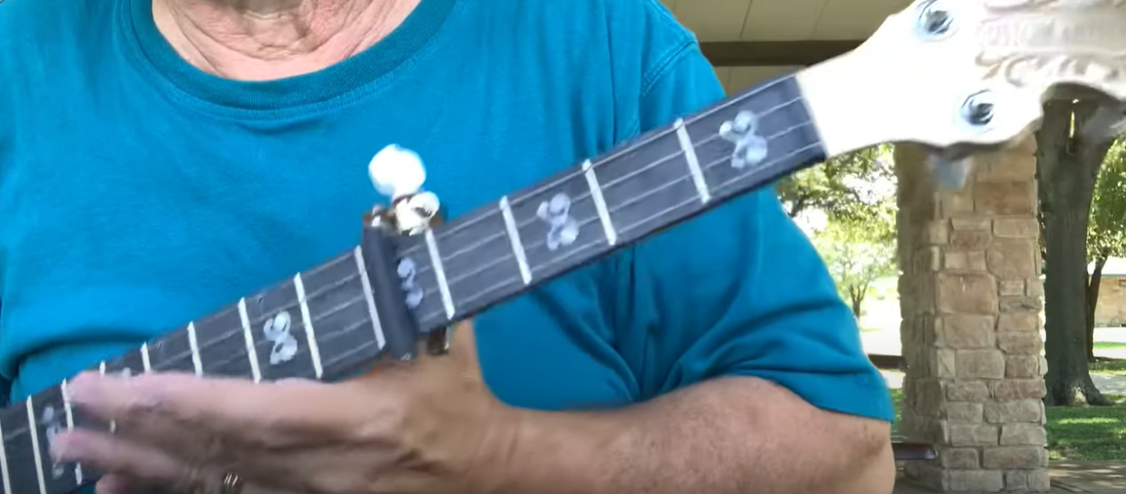
Is 30 too old to learn banjo?
Absolutely not! Age shouldn’t be a barrier to learning an instrument. People often associate learning instruments with childhood, but adults have their own unique advantages in learning music.
For one, adults typically have a better understanding of music due to their life experiences and exposure to various genres. This broader musical knowledge allows them to appreciate different styles and techniques, which can enrich their learning journey.
Furthermore, as adults, they are often more capable of disciplined and focused practice than children. They have the ability to set specific goals, manage their time effectively, and dedicate regular practice sessions to honing their banjo skills. This level of commitment and maturity can accelerate their progress and lead to more satisfying results.
Moreover, as an adult, you’re likely to have a clearer idea of what type of music you’d like to play and the goals you want to achieve with your banjo playing. Whether it’s strumming along to your favorite bluegrass tunes or exploring the versatility of the instrument in other genres, having a specific musical direction can provide motivation and purpose to your learning journey.
So, if you’re 30, 40, 50, or beyond and have the interest to learn banjo, go for it! Remember, consistency and a positive mindset can make the learning process enjoyable and productive, regardless of age. Embrace the joy of music and embark on this fulfilling musical adventure.
Can I teach myself to play the banjo?
Yes, you can absolutely teach yourself to play the banjo! With the wealth of resources available today, self-learning has become a viable and rewarding option for many aspiring banjo players.
When it comes to self-learning, there is a wide range of options to choose from. Online tutorials, instructional DVDs, books, banjo tabs, and even apps offer comprehensive lessons on various aspects of banjo playing. These resources cover everything from basic chords to advanced fingerpicking techniques, allowing you to progress at your own pace and explore different styles and genres.
One of the key advantages of self-learning is its flexibility. You have the freedom to learn whenever and wherever you want, fitting your practice sessions into your own schedule. You can revisit difficult sections as often as you need, ensuring that you truly master the skills you are developing.
However, it is important to note that self-discipline and motivation are crucial when teaching yourself. Without the guidance of a music teacher, you need to stay committed and focused on your goals. Setting specific objectives and creating a practice routine can help you stay on track and make consistent progress.
While self-learning can certainly help you acquire considerable skills, there are also benefits to engaging a music teacher or joining a banjo-playing group. These avenues can provide structured guidance, feedback, and the opportunity to learn from experienced players. Having a teacher or being part of a community can be invaluable in terms of correcting any technical errors early on and enhancing your overall playing technique.
Ultimately, the approach you choose for learning the banjo depends on your personal preferences, learning style, and goals. Whether you opt for self-learning, professional instruction, or a blend of both, what matters most is regular practice and the enjoyment of your musical journey. Embrace the process, explore new techniques, and let the banjo become a source of joy and self-expression in your life.
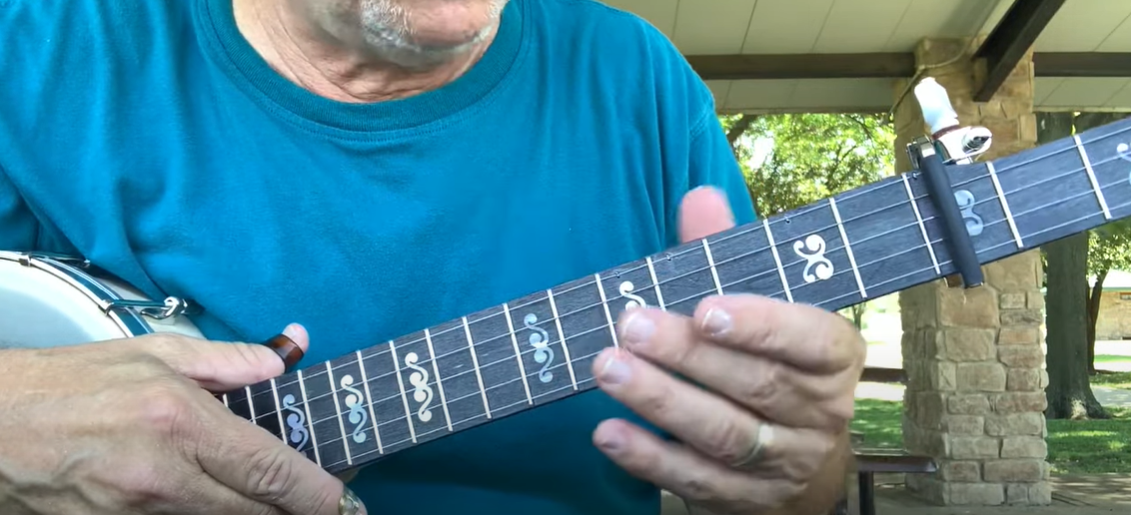
Is it OK to play banjo without finger picks?
Yes, it’s absolutely okay to play the banjo without finger picks. Finger picks are typically used to amplify the sound and to protect the fingers from the metal strings. However, some players prefer the feel and control of playing with their bare fingers. It’s entirely a matter of personal preference and the style of music you’re playing.
For instance, in clawhammer style banjo, which is a traditional Appalachian style, players intentionally choose not to use picks. This style emphasizes a rhythmic, percussive approach, where the player’s fingers strike the strings with a downward motion, producing a distinctive sound. The absence of picks allows for a closer connection between the player’s fingers and the strings, resulting in a more nuanced and expressive playing style.
On the other hand, bluegrass banjo, known for its fast, rolling fingerpicked sounds, is typically played with picks. The picks facilitate the rapid picking patterns and intricate melodic runs that are characteristic of this genre. The metal picks produce a bright and crisp tone, enhancing the overall projection and clarity of the banjo’s sound.
If you choose to play without picks, remember to maintain your fingernails properly to prevent discomfort or injury. Keeping them trimmed and filed to a suitable length will ensure smooth and comfortable playing. Additionally, experimenting with different fingerpicking techniques, such as using the pads of your fingers or incorporating your thumb, can further expand your playing options and create unique sounds.
Ultimately, the best approach is the one that feels most comfortable and sounds best to you. There is no right or wrong way to play the banjo, and it’s important to explore and experiment with different techniques to discover your preferred style. So, whether you choose to play with or without picks, let your creativity and musical expression guide you on your banjo-playing journey.
Why is the banjo so hard?
The perceived difficulty in learning to play the banjo stems from several factors. First, the banjo’s unique playing style sets it apart from other stringed instruments. For instance, in clawhammer style, players employ a rhythmic down-stroke with the back of their fingernail, creating a distinctive sound that requires precise fingerpicking techniques. Similarly, Scruggs style involves intricate fingerpicking patterns that demand dexterity and coordination.
Second, the banjo’s distinct tone means that mistakes and inconsistencies in playing can be more noticeable than on other instruments. The bright and twangy sound of the banjo resonates with clarity, making every note and technique more pronounced.
Thirdly, the banjo often involves playing multiple strings simultaneously or in quick succession, adding complexity to the instrument. This requires not only dexterity but also precise timing to execute rolls and arpeggios flawlessly.
Lastly, the banjo’s tuning is different from instruments like the guitar, which can make transitioning difficult for those with experience in other stringed instruments. The unique open G tuning, for example, requires players to adjust their chord shapes and finger positions accordingly.
However, while the banjo does pose certain challenges, consistent practice, patience, and a solid understanding of basic techniques can pave the way for progressive mastery. Embracing a growth mindset and breaking down each aspect of banjo playing into smaller, manageable goals can help overcome the initial hurdles. Remember, the learning curve may be steep, but the rewards of mastering the banjo are unquestionably satisfying, both musically and personally. So, dive into the world of banjo with enthusiasm, and let the joy of playing this remarkable instrument fuel your journey of musical exploration!
Useful Video: Beginner Banjo Progress: First Month (AMAZING!!!) (MUST WATCH)
Conclusion
Learning to play the banjo can indeed pose a unique set of challenges, but it’s worth remembering that any new skill takes time and practice to master. Whether you’re teaching yourself through the wealth of online resources, taking lessons from a professional, or experimenting with finger picks versus bare fingers, the journey to becoming a banjo player is an exciting and rewarding one.
At first, the banjo’s distinctive playing style and tuning might seem daunting, with its intricate finger movements and complex picking patterns. However, with steady practice and a supportive learning environment, you can gradually overcome these initial hurdles. Take the time to familiarize yourself with the banjo’s various playing techniques, such as rolls, slides, and hammer-ons, to add depth and richness to your playing.
As you progress, you’ll discover the versatility of the banjo, allowing you to explore a wide range of musical genres, from bluegrass and folk to jazz and rock. The banjo’s bright and twangy sound can bring a unique character to any piece of music, making it a captivating instrument to master.
Besides the technical aspects, the banjo also has a rich cultural history. It has played a significant role in traditional American music and continues to be a symbol of cultural heritage. By learning to play the banjo, you are not only immersing yourself in the world of music but also connecting with a vibrant musical tradition.
Ultimately, the most important factor in your banjo journey is your passion for the instrument. Embrace the joy that comes with creating music, and let it be your driving force as you progress. So, pick up that banjo, strike those strings, and embark on your musical journey filled with endless possibilities!
References:
- https://curioustomato.com/how-long-does-it-take-to-learn-the-banjo/
- https://www.acousticfun.com/how-long-does-it-take-to-learn-to-play-the-banjo/




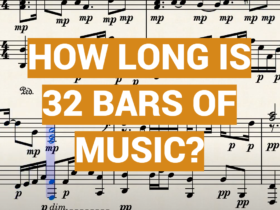
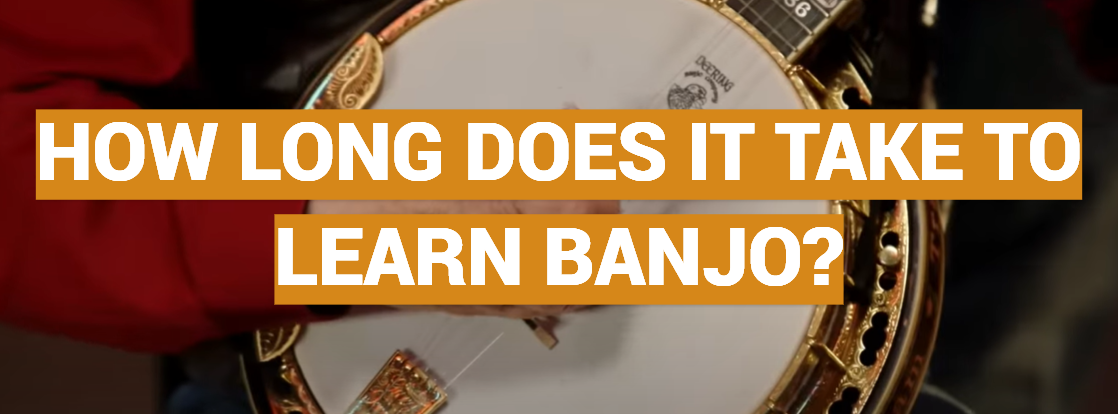

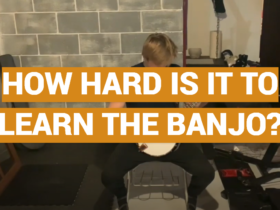

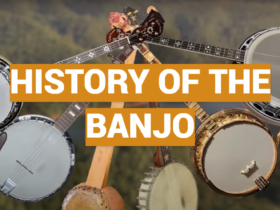
Leave a Reply